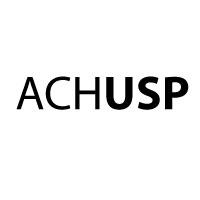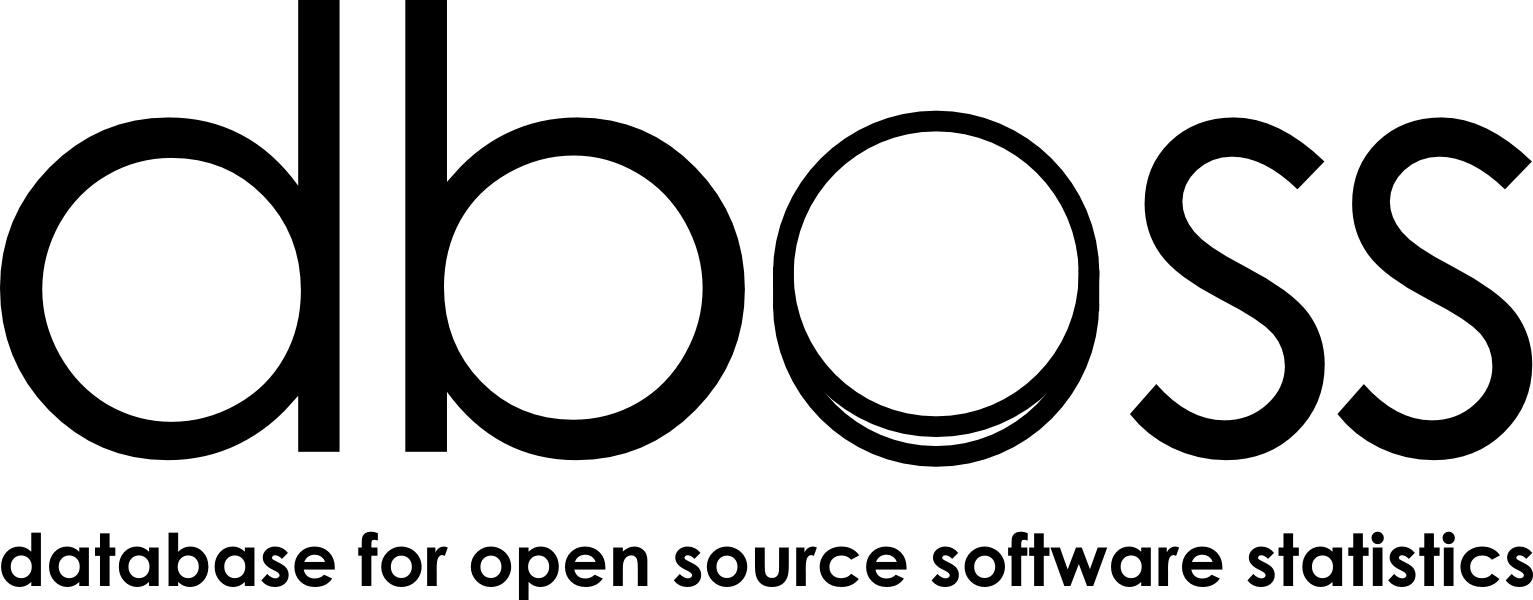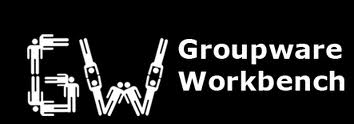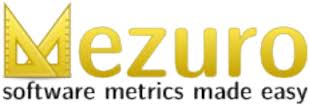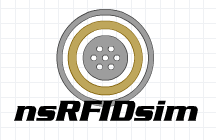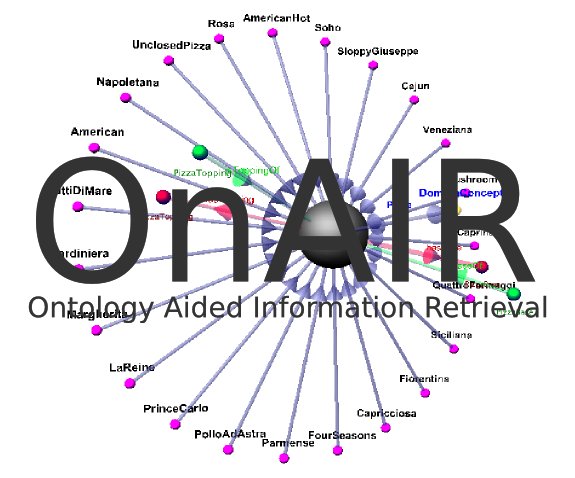Achusp
Lost and found site for the University of São Paulo. This project is a web system developed in Rails where the user can create or search for lost and found itens and is in production on http://ccsl.ime.usp.br/achusp. The principal goal of this project was the implementation in USP but we belive that other places can also use the system to manage their the lost and found departament.

